-
Posts
1,355 -
Joined
-
Last visited
Content Type
Profiles
Forums
Gallery
Events
Posts posted by Ferrus Manus
-
-
Ah, probably not. Next is probably either a redux of the 1/96 American cup racer, or HMS Botany Bay. This stuff keeps me sane and away from all the garbage on the internet. It's not good for me to not have a project.
-
You know what that means?
It's DONE!!
This is an interesting time, because this is the first time in quite a while (Over a year??) that I haven't had a new project that i have already started or am about to start. Nothing on the modelling bench, nothing in a stash somewhere, nothing in the mail. I guess i will have to adjust to taking a (probably short) break, at least for a while.
Thank you to all (especially Steven) who watched me take a significant first step into the realm of scratchbuilding.
Until next time, fair winds and calm seas.
-
- GrandpaPhil, Jeff T, Archi and 2 others
-
 5
5
-
6 hours ago, Hubac's Historian said:
Ahhh, I was not aware of 4H. I did an image search and pulled that extract from Souvenirs from the first site I found. That is the cardinal rule around here, so I will delete the post. It served its purpose for the discussion, anyway.
I will delete mine. Cheers!!
-
- Archi, GrandpaPhil, Jeff T and 1 other
-
 4
4
-

Yes, i am well aware that the flag pictured here is an updated version, and that is evidenced by the fact that the ships have rudders instead of steering oars. I am not sure when this update occurred, but the original version was not available as a drawing such as this.
-
Only the flag is left to go!!
-
Is it worth it to make a stone anchor as a spare? They were sometimes seen on small cogs, as per a build log i saw.
-
I have seen that picture, thank you. I think this is just something i will have to figure out, which i am most of the way done with. I have also looked at every Amati Coca build log on the forum, and only one contains the image. Woodrat has been instrumental to me getting anything right. Stick around!
- Doreltomin and mtaylor
-
 2
2
-
There are several things wrong with this picture. 1.) the anchor rope looks terrible, and 2.) the cross-beam for the anchor is comically long, i would assume nearly to the point of rendering the anchor non-functional. I fixed both of those issues.
I did some hacksaw surgery on the anchor stock, and i stained the anchor line, and set it in a relatively realistic position in relation to the anchor. You see that one coil that seems to be there for no reason, and doesn't have an attached rigging line? That's the anchor's sounding cable. The reason i put it there instead of laying it on top of the anchor is that i didn't want the line to obscure the glorious stain-job on the anchor rope.
The windlass bars, which are friction-fitted into the windlass drum:
Notice how the first bar is purposely shot through the drum and resting on the deck. This windlass bar is the most important thing on the ship, because it is the only thing preventing the drum from uncoiling, releasing the halyard tackle and causing the yard to come crashing down into the deck.
These are the ladders, which i honestly expected to look worse than they do.
-
A lot of times I forget how similar we are.
-
- Jeff T, Archi, GrandpaPhil and 1 other
-
 4
4
-
I also considered adding reef points and those little things used to tie up the sail, but this thing has to be done by Sunday.
-
It means unprepared. I thought it might also have meant something else Upside Down.
-
Steven, is "on the hop" an Oz term?
-
- GrandpaPhil, Bryan Woods and Jeff T
-
 3
3
-
- Bryan Woods, GrandpaPhil and Jeff T
-
 3
3
-
One thing of note: Check if HiSModel has a rigging plan for the kit. Most widely available kits are listed on the site, and they make their own plans for a lot of the plastic kits, even the obscure ones. I wouldn't be surprised if custom plans exist for the Mystique, and if not, they likely exist for a similar Pollaca Xebec.
-
- Bryan Woods, Jeff T and GrandpaPhil
-
 3
3
-
- Jeff T, GrandpaPhil and Bryan Woods
-
 3
3
-
- GrandpaPhil, Bryan Woods and Jeff T
-
 3
3
-
Steven, you have a great point. I think you have to look at shipbuilding trends across Europe and how they relate to the sociopolitical tide at the time. This vessel would have existed shortly after the 12th Century Renaissance. Thus, therefore, we can assume that nautical technology also took a relatively steep upturn at that period. Ships probably got much less complex after the Fall of Rome, as well as after the Black Death.
My opinion is that theoretical reconstructions of ships, and especially ships from this time period, need to take into account the time in which they existed.
Therefore, in my opinion, i believe my prior theory of combining known elements from both earlier and later ships is correct, or at least feasible.
-
Oh, i have never seen the cutwater on this kit done better. Personally, i would have just filled in the gaps with putty and called it good. Did any of the cutwater on the original boat survive? Is there even a theoretical reconstruction?
- Glen McGuire and Bryan Woods
-
 1
1
-
 1
1
-
I highly doubt the rigging was actually as simplistic as the images suggest. That simply would've been unworkable.


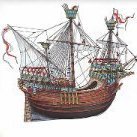
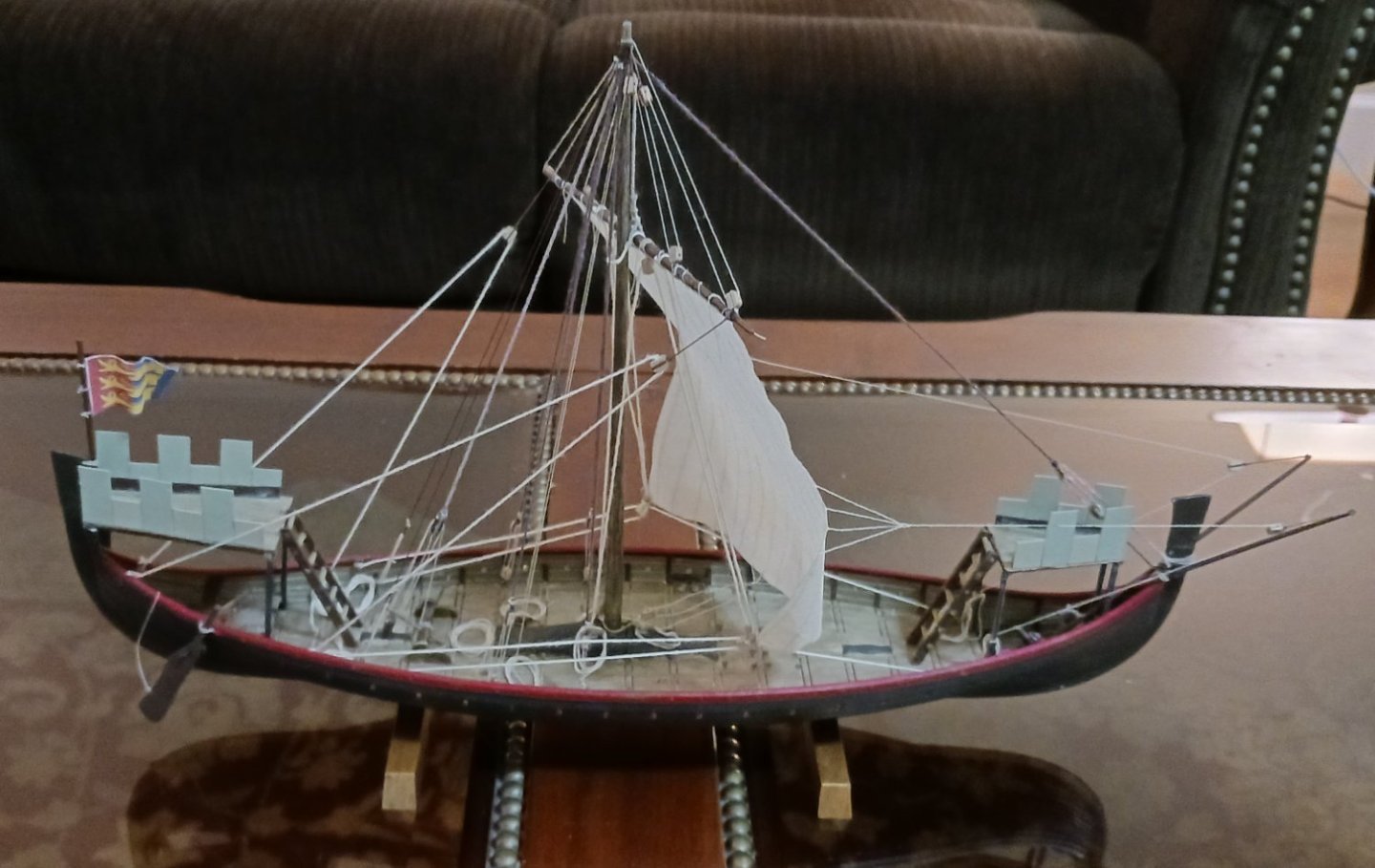

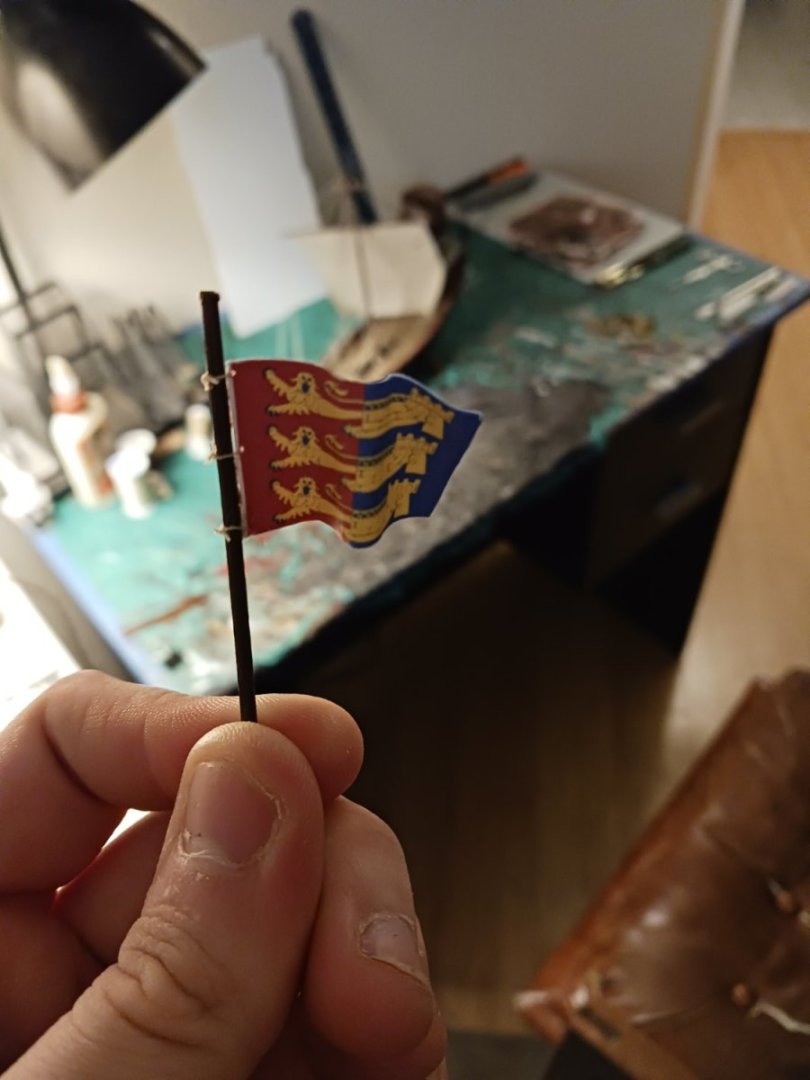
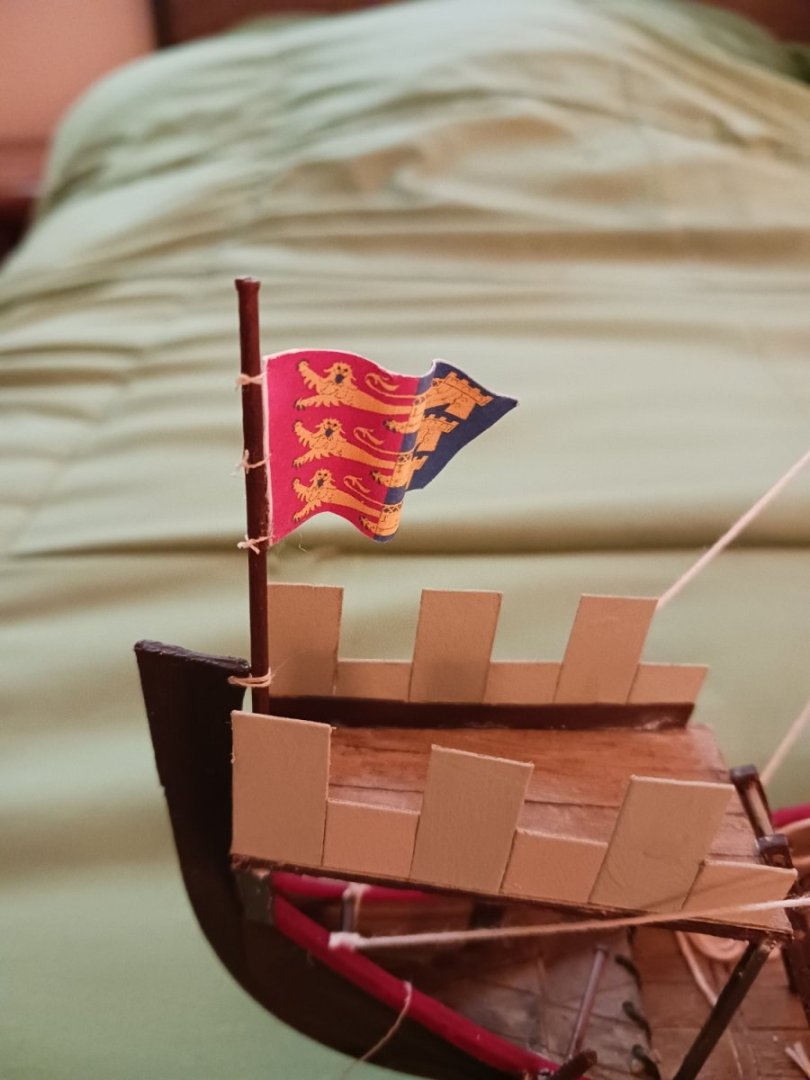
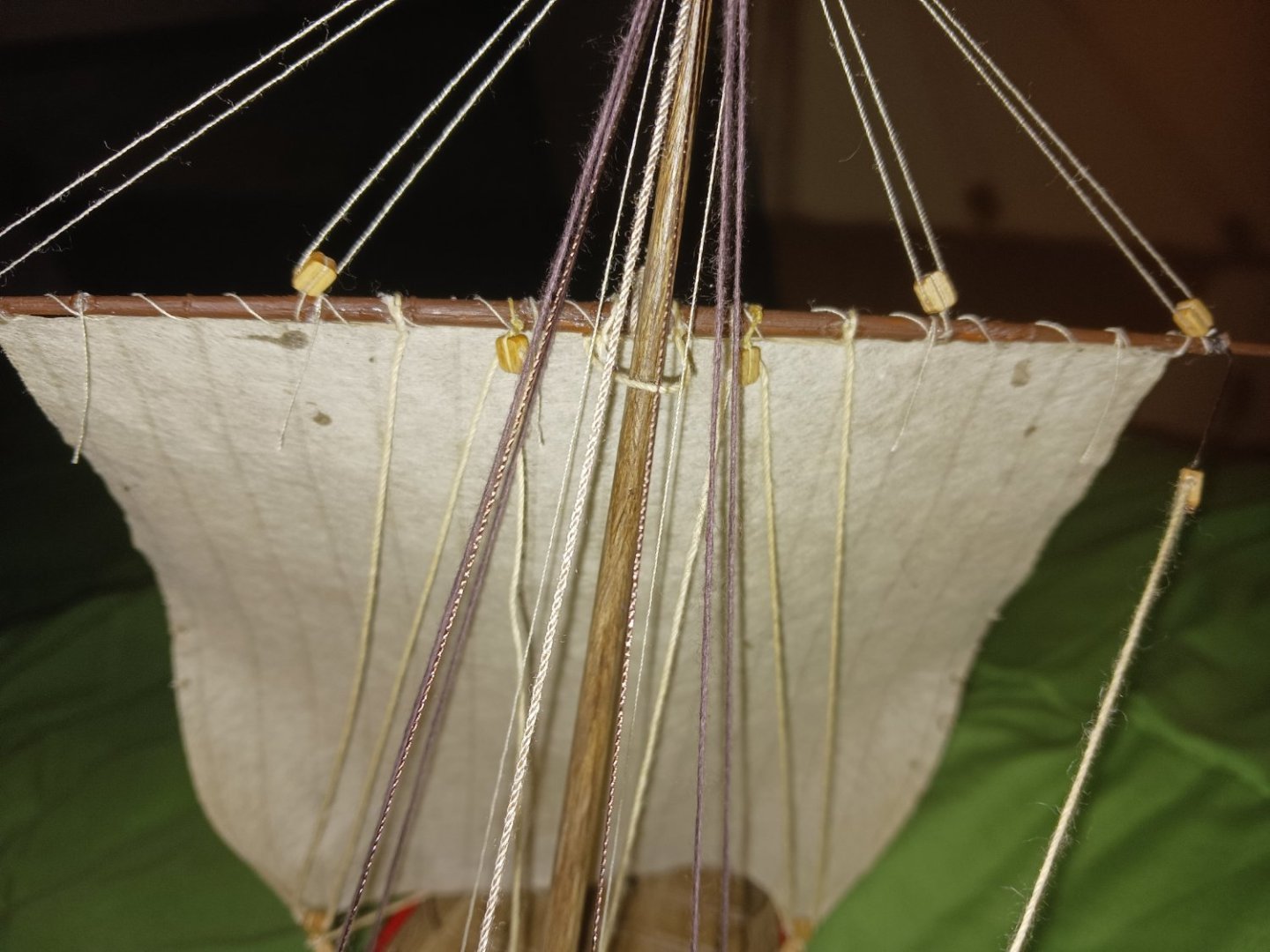
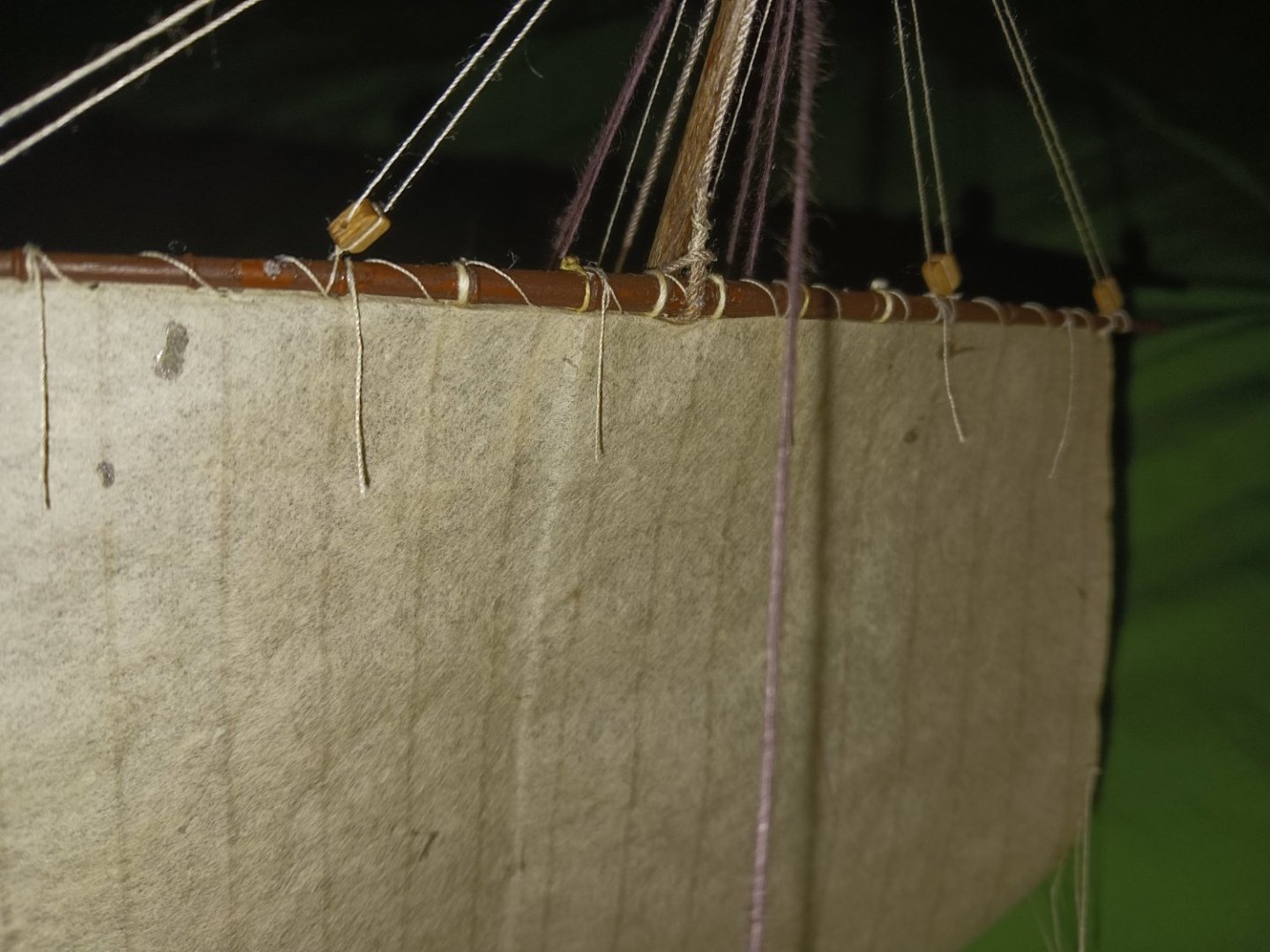
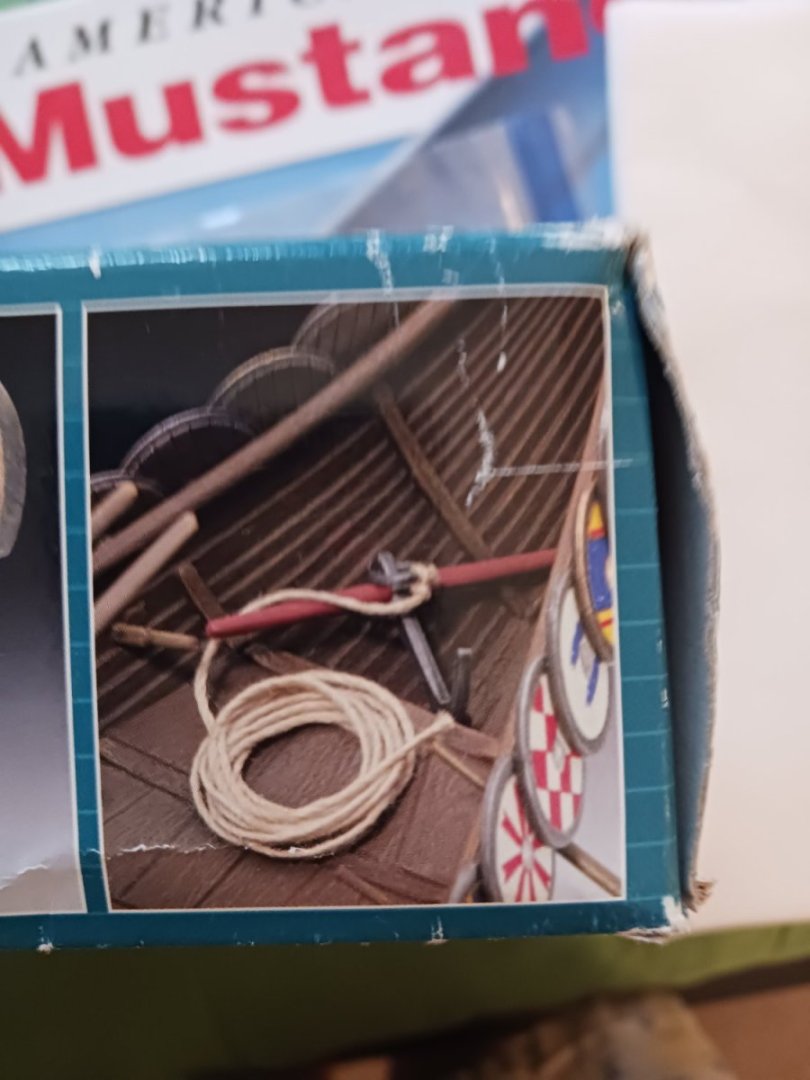
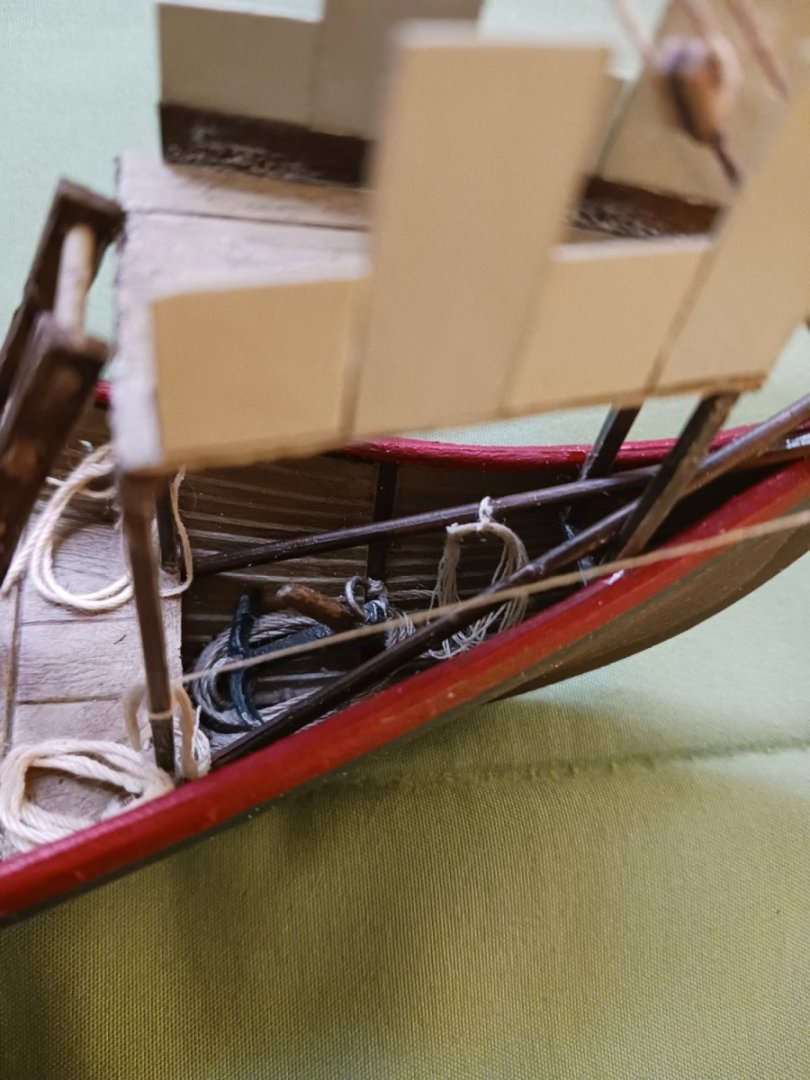
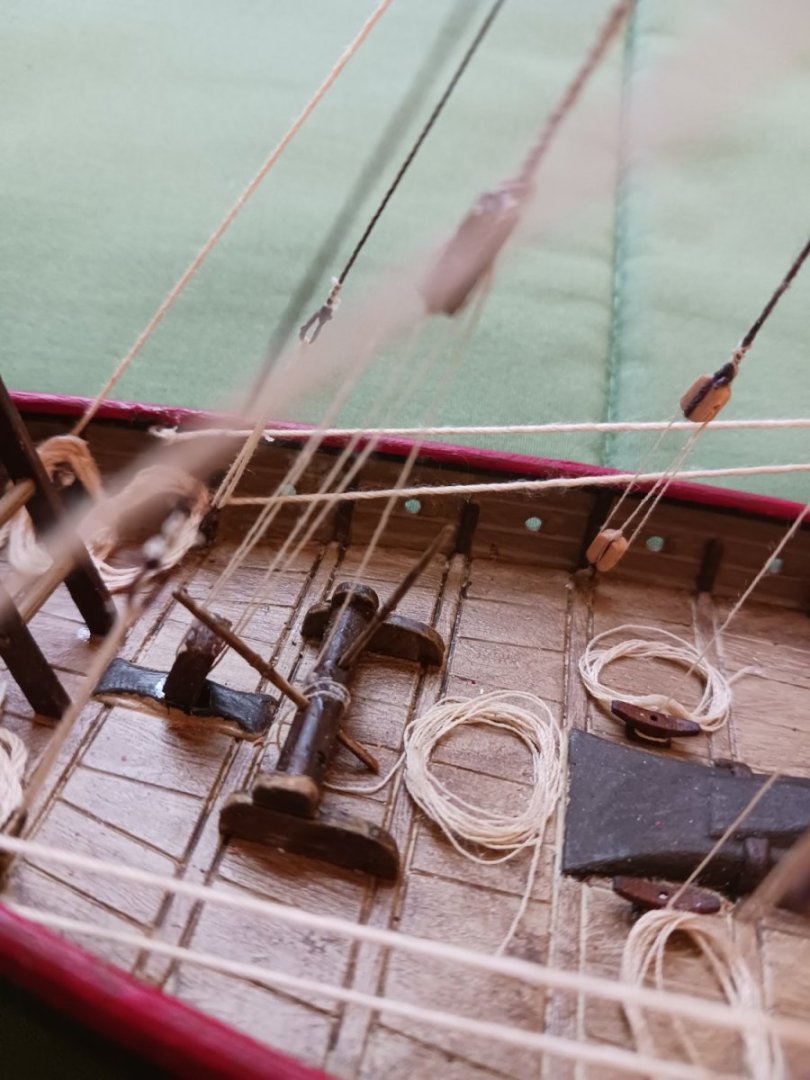
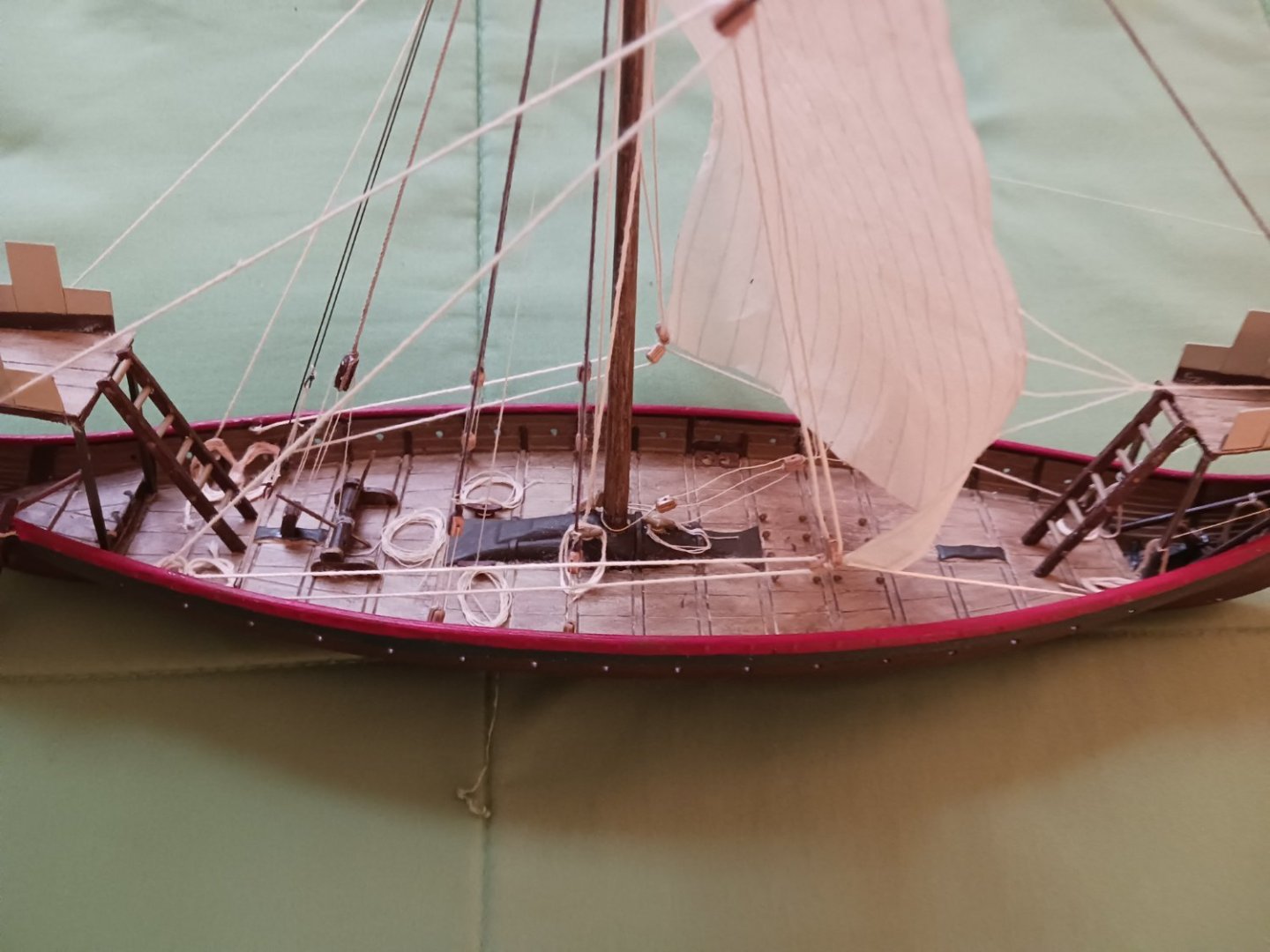
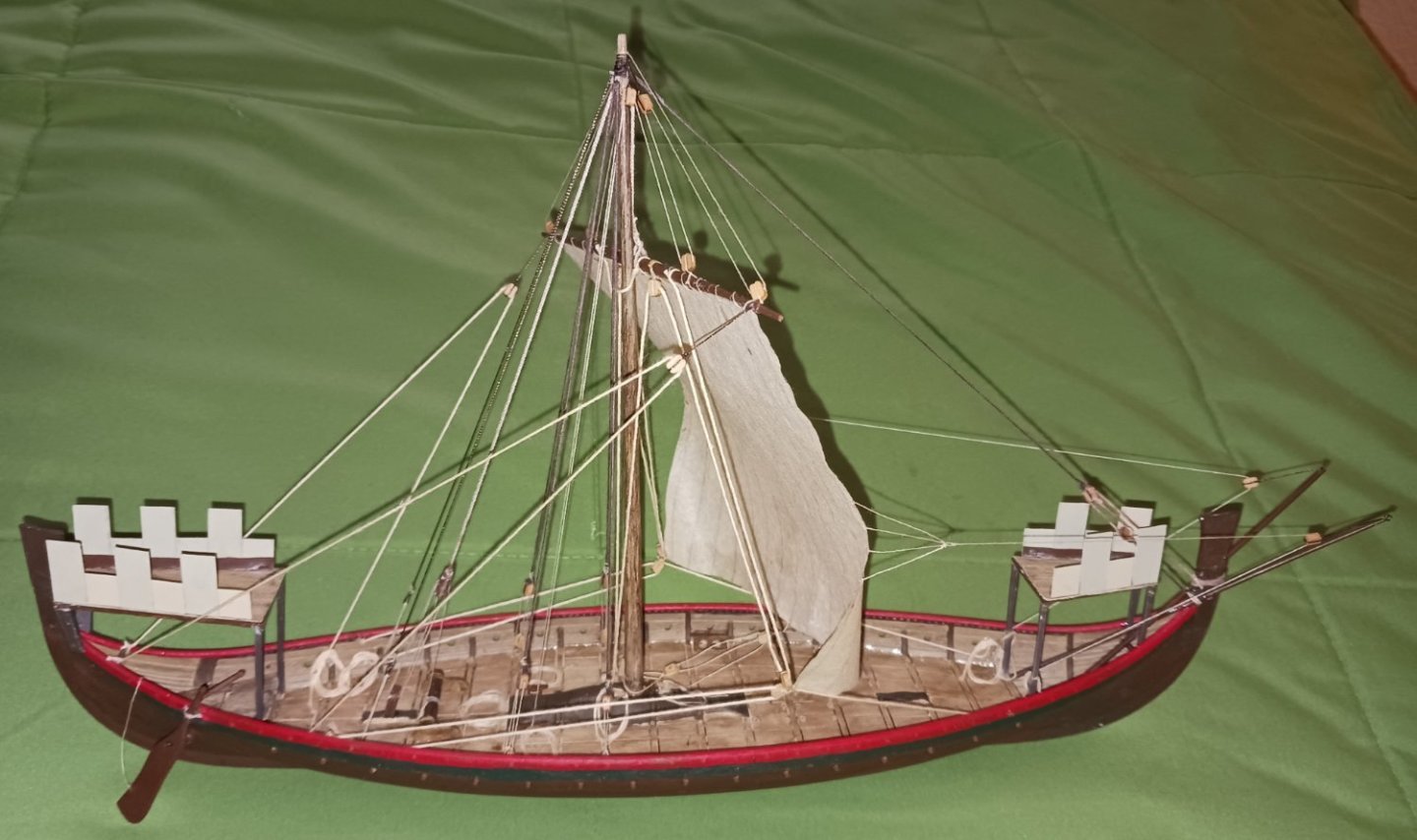
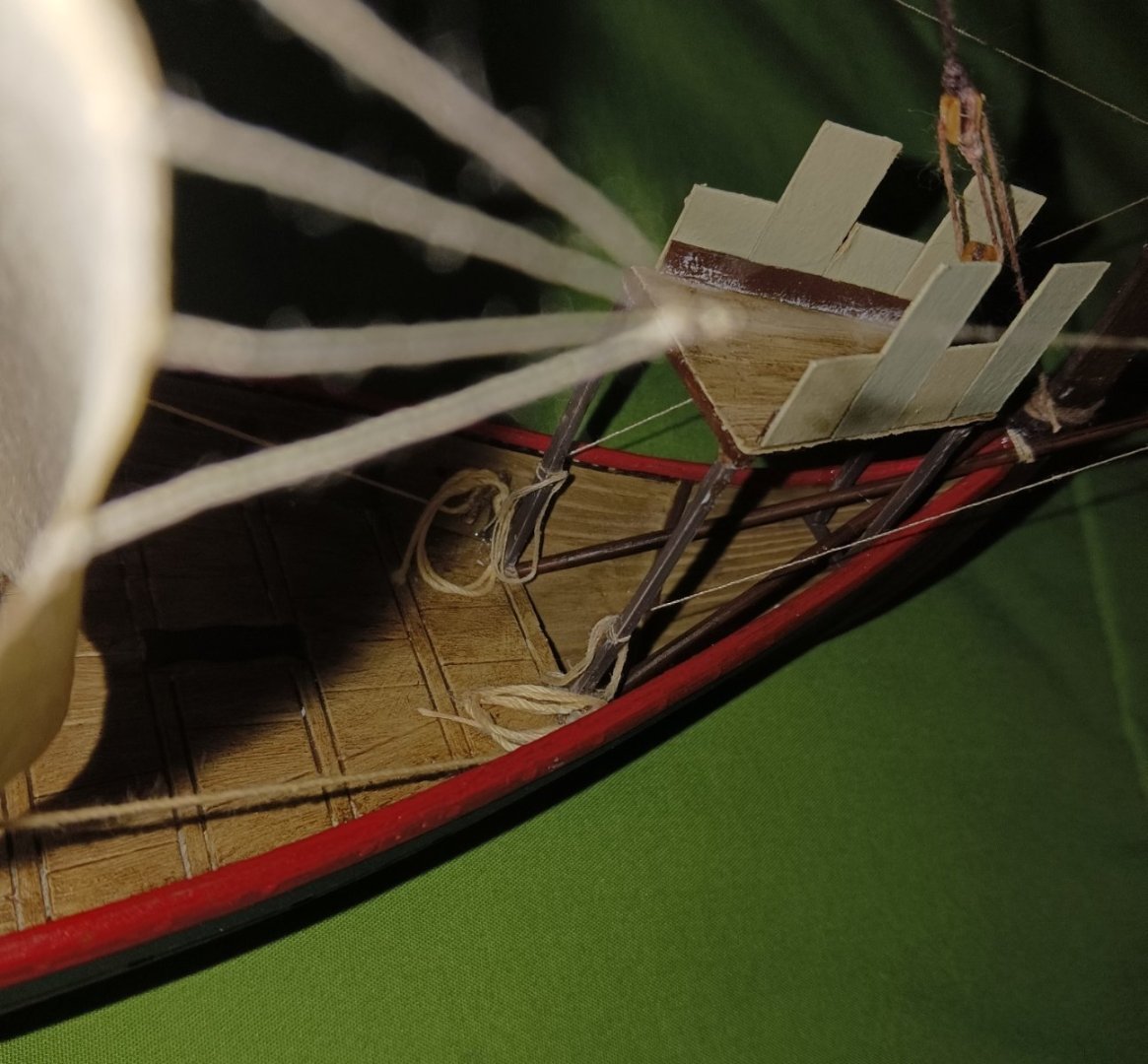
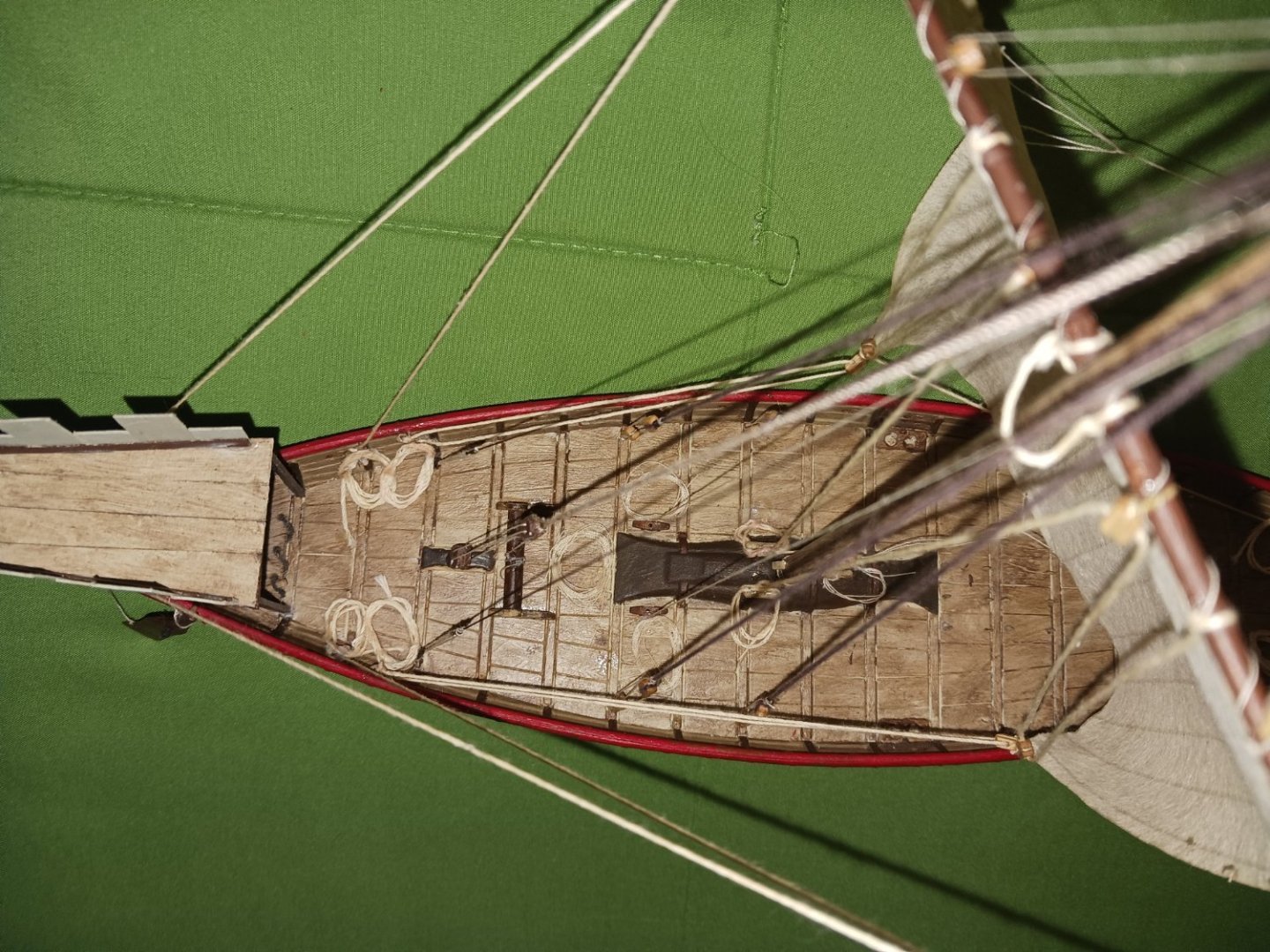

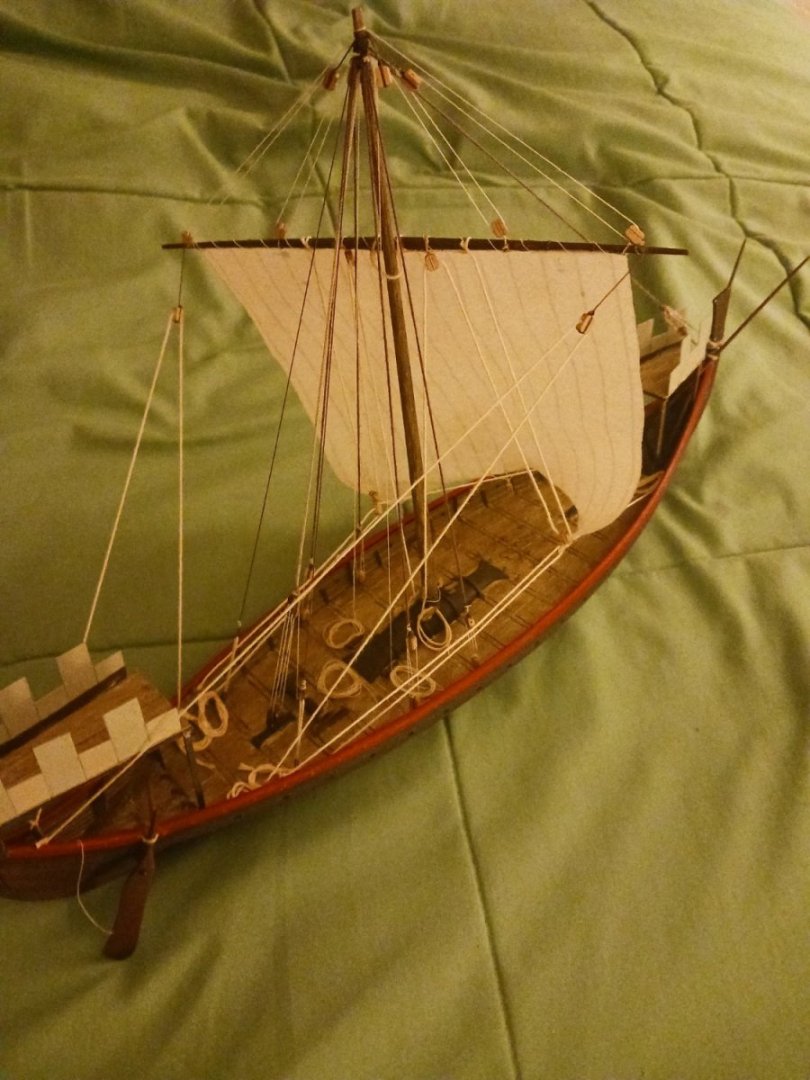
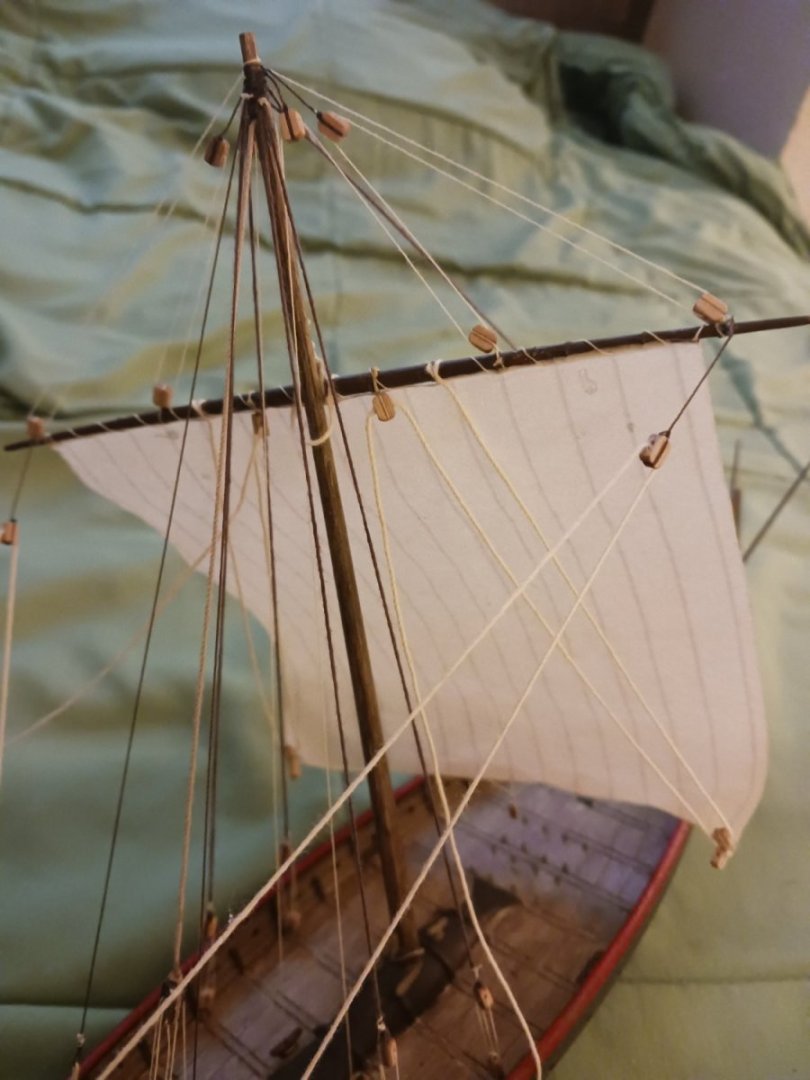
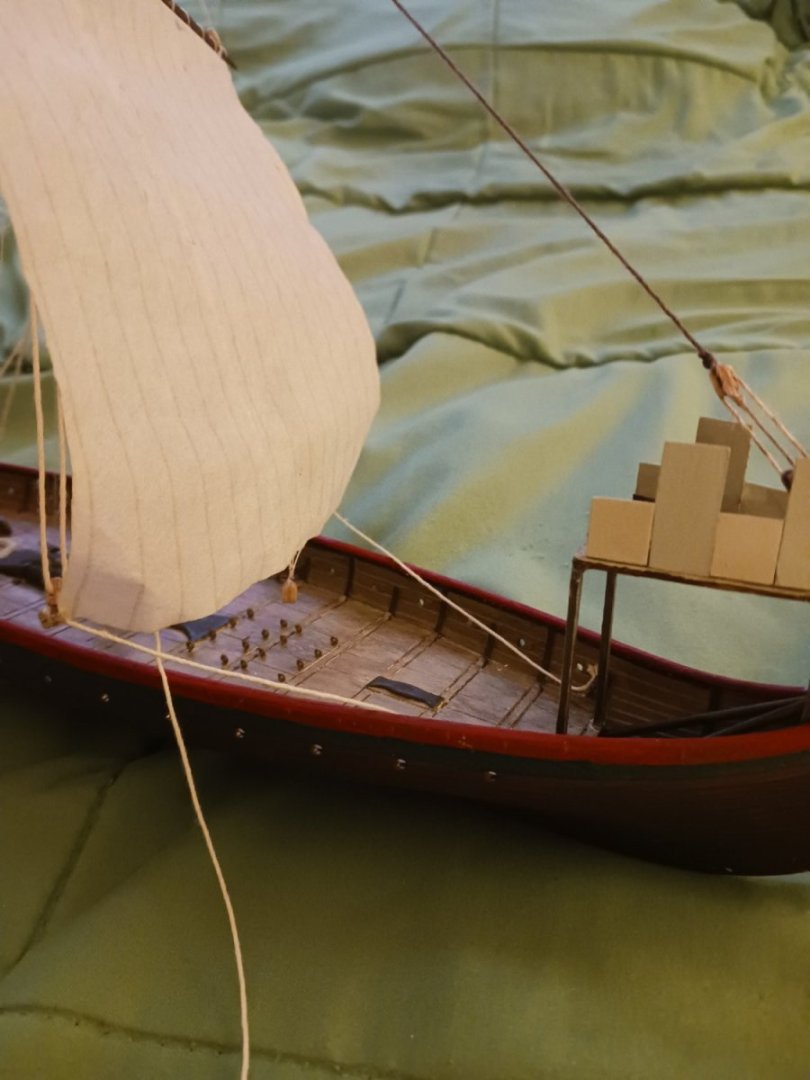
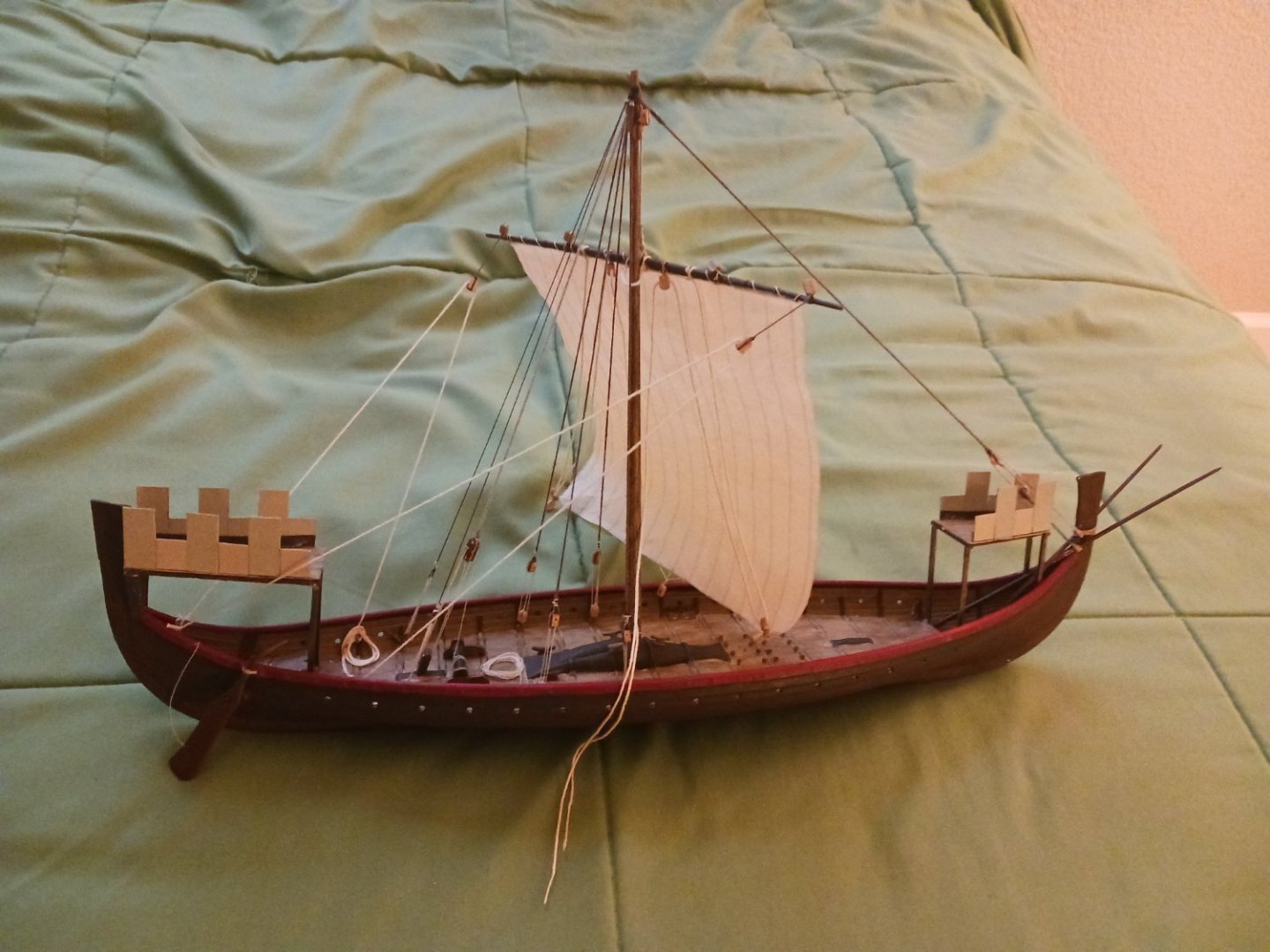
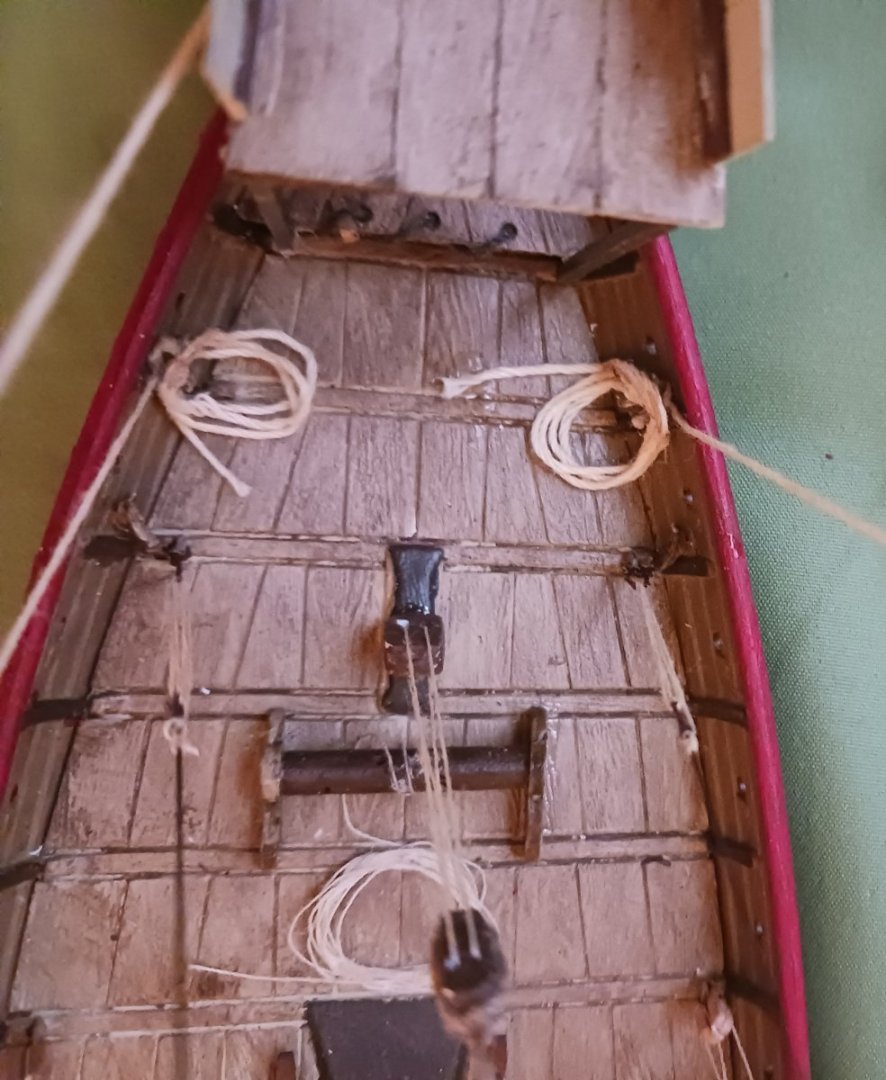
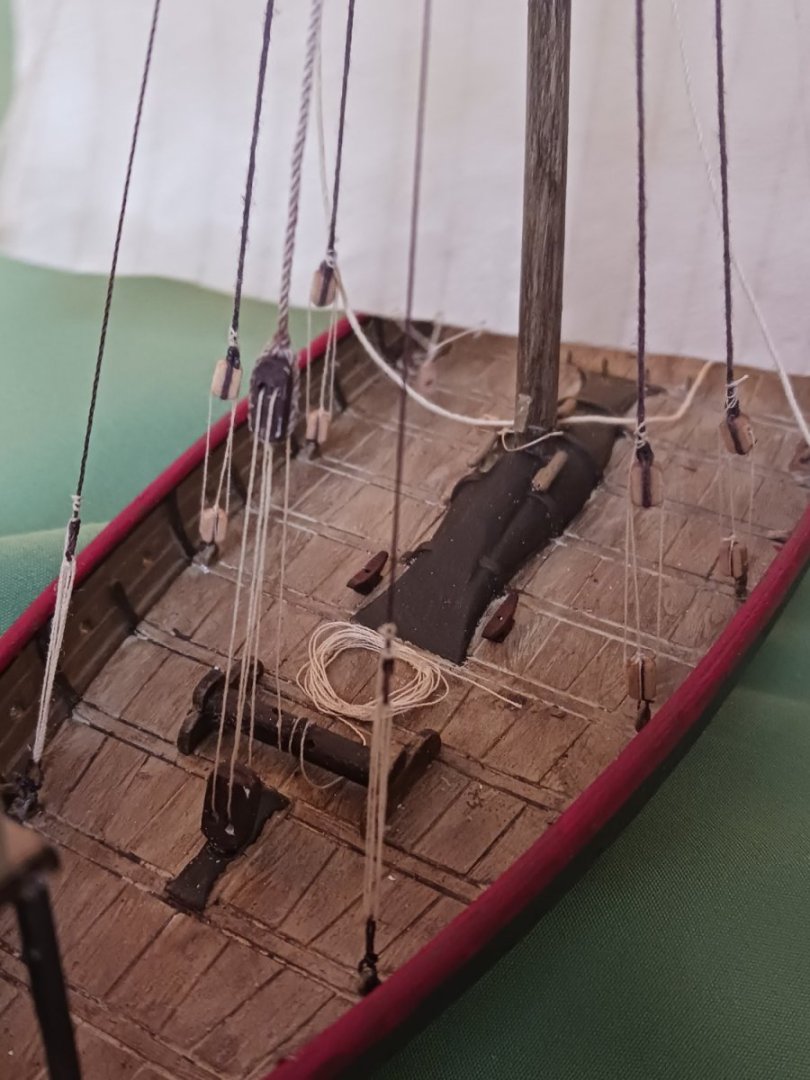
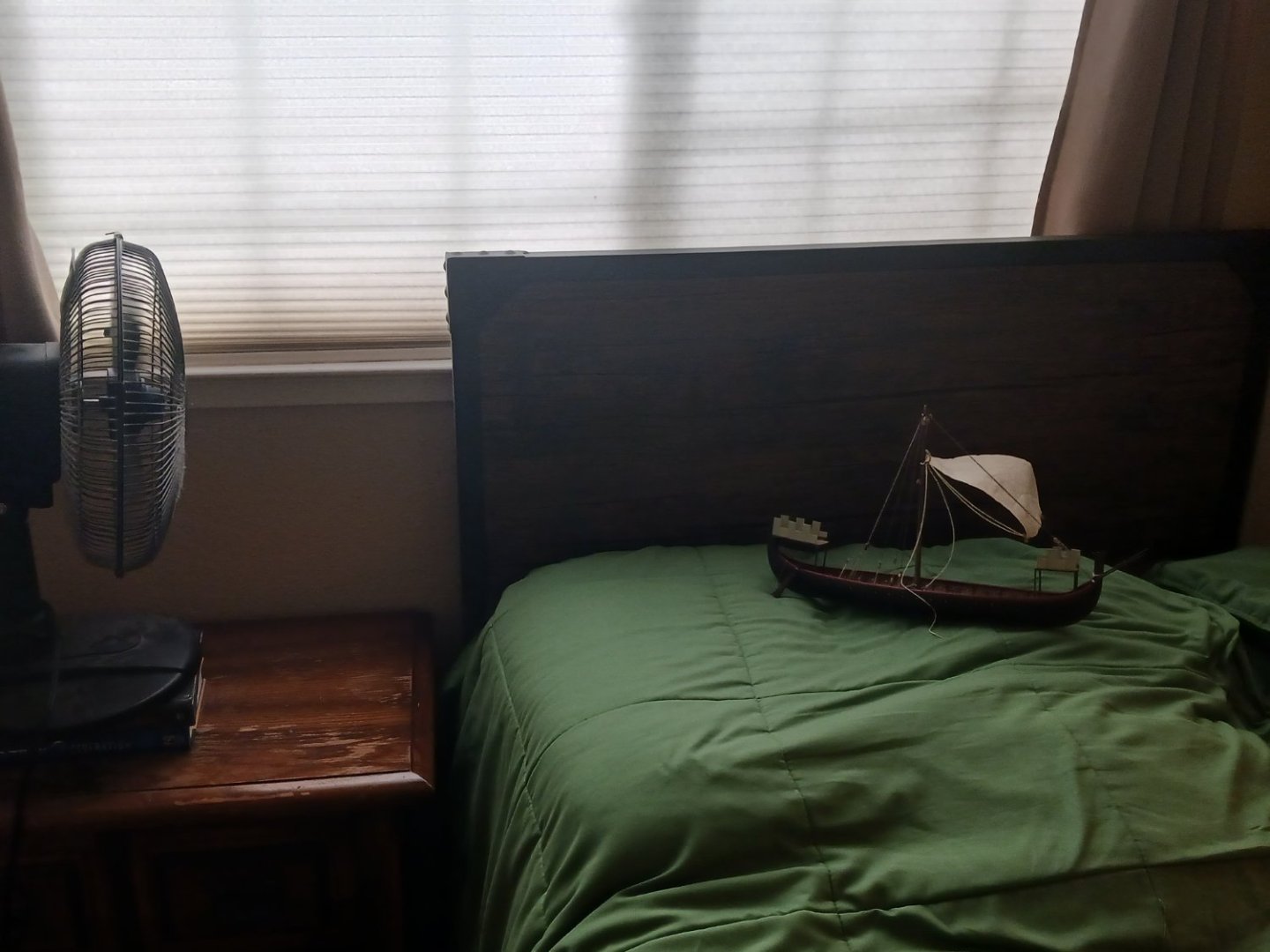
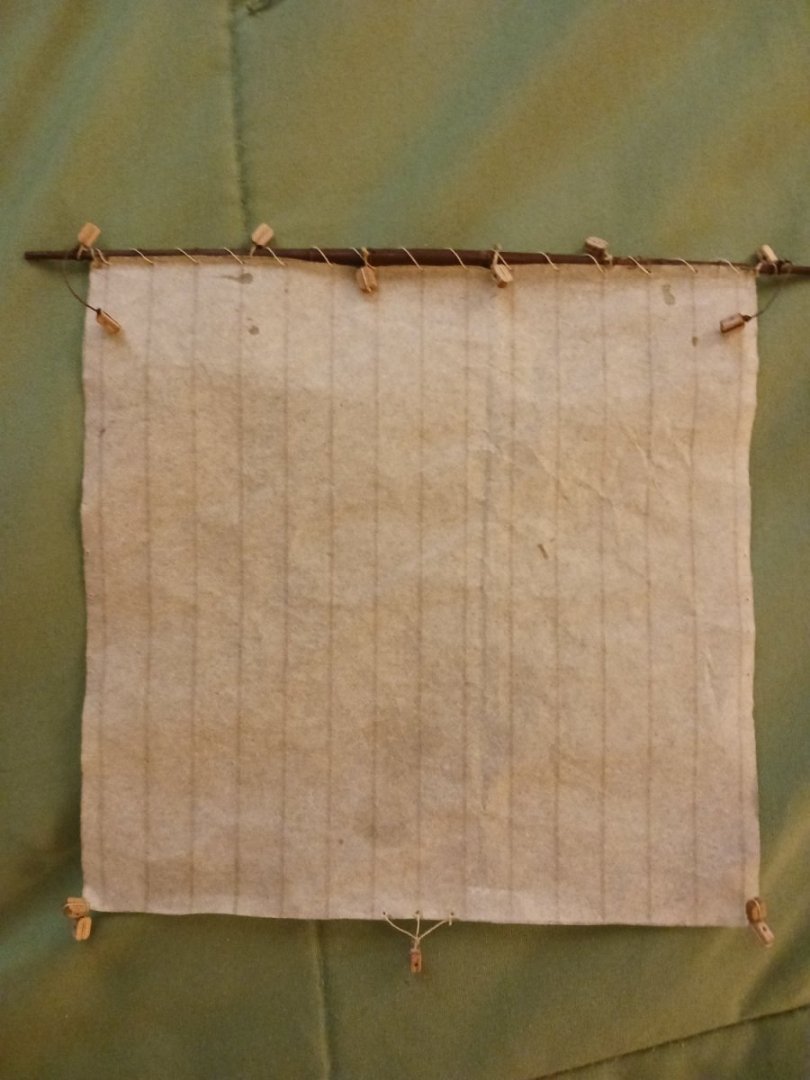
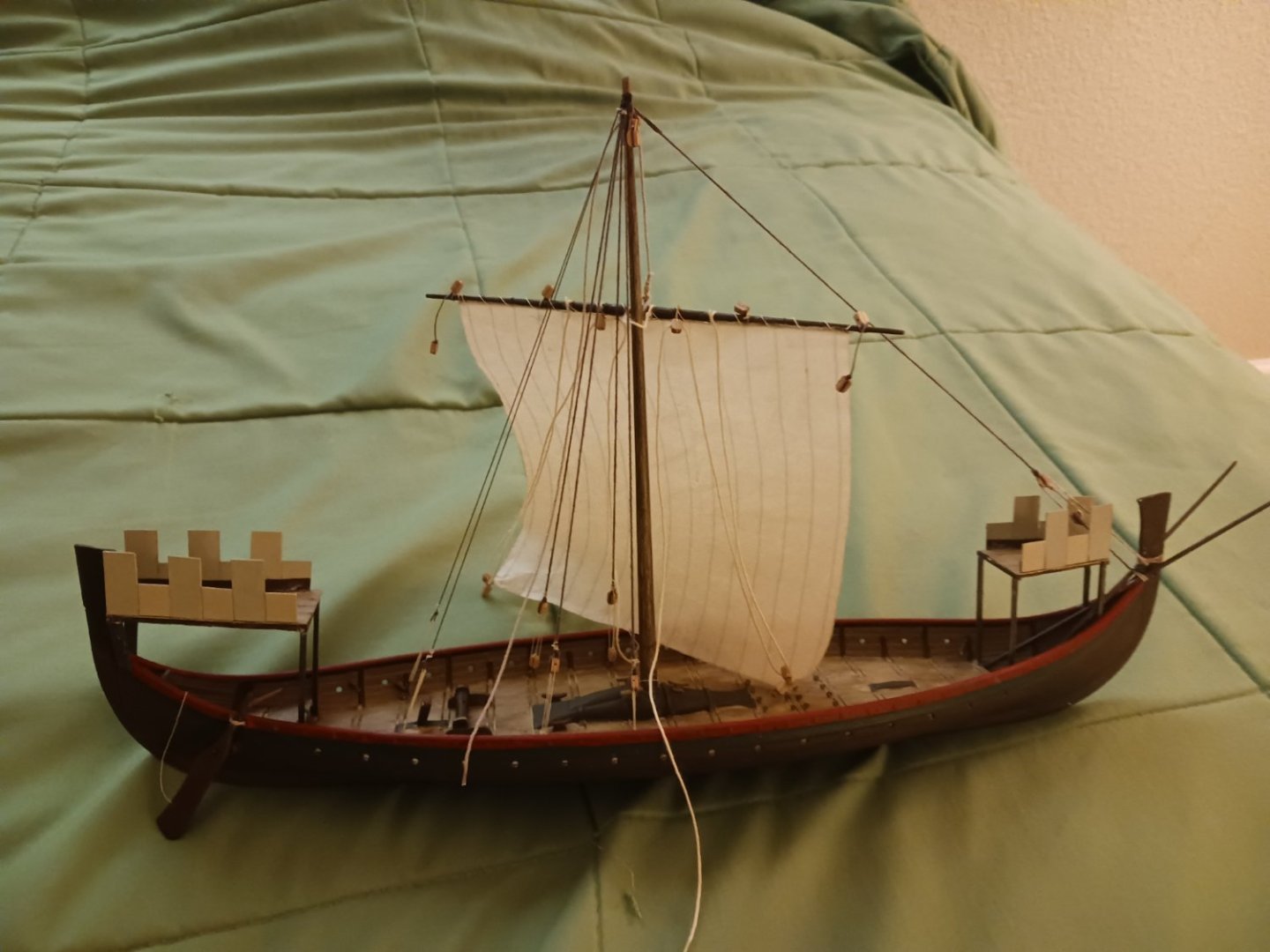
Mayflower by Old Rentner - FINISHED - Revell - 1:83 - PLASTIC - 1966 kit
in - Kit build logs for subjects built from 1501 - 1750
Posted
89 years old! Wow. Your Mayflower is looking amazing. However, if you want to add a special touch to your model, I would deviate from the instructions and rig the ship based on academic reconstructions, and replace some of the rigging elements with aftermarket items.